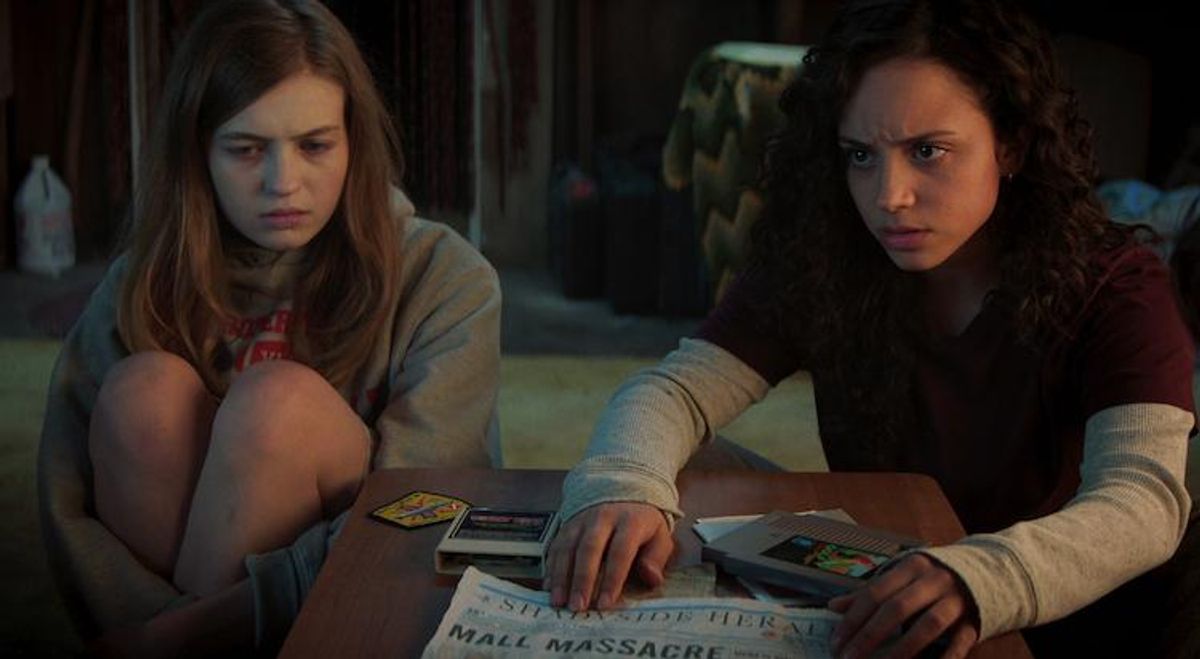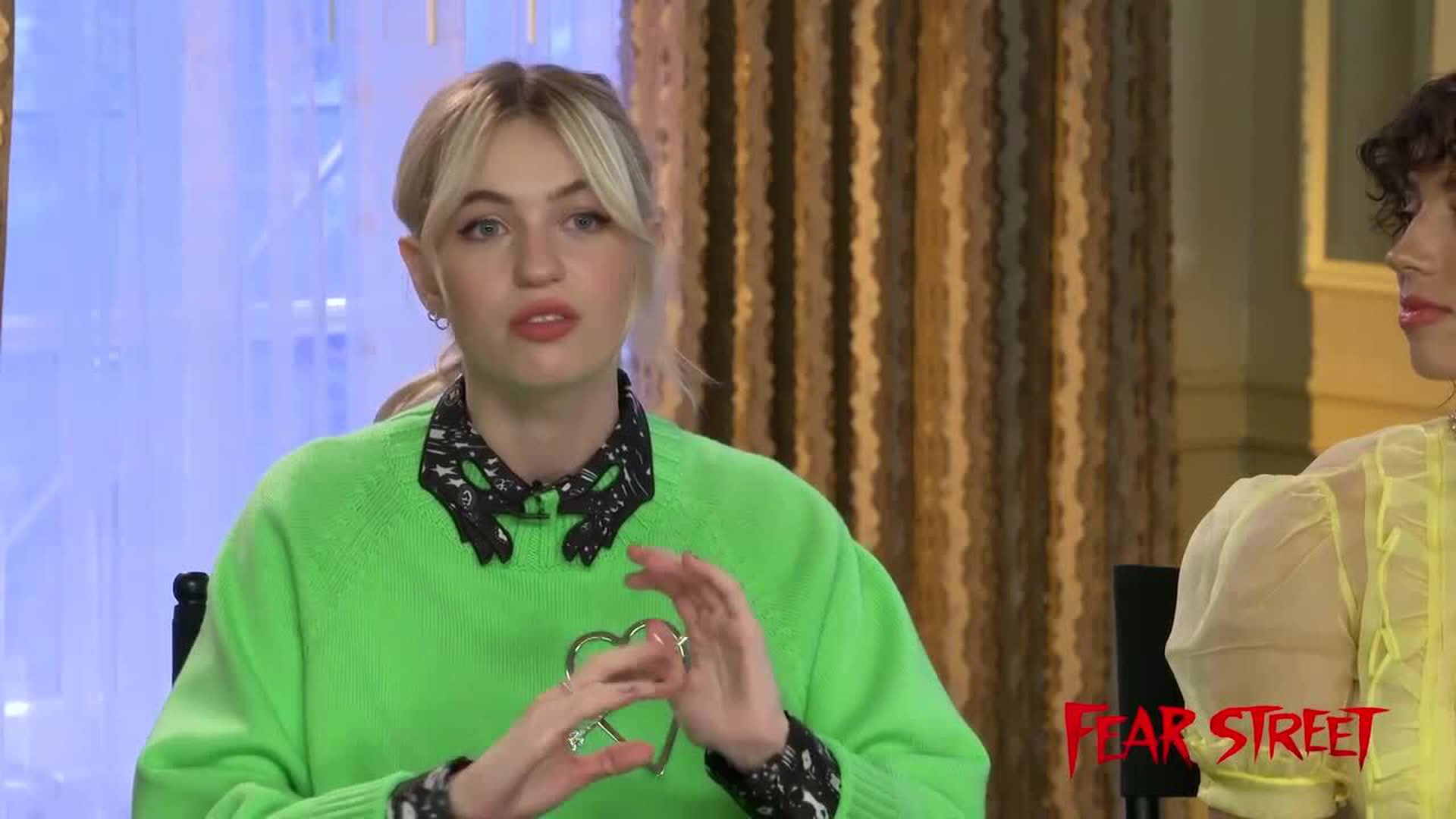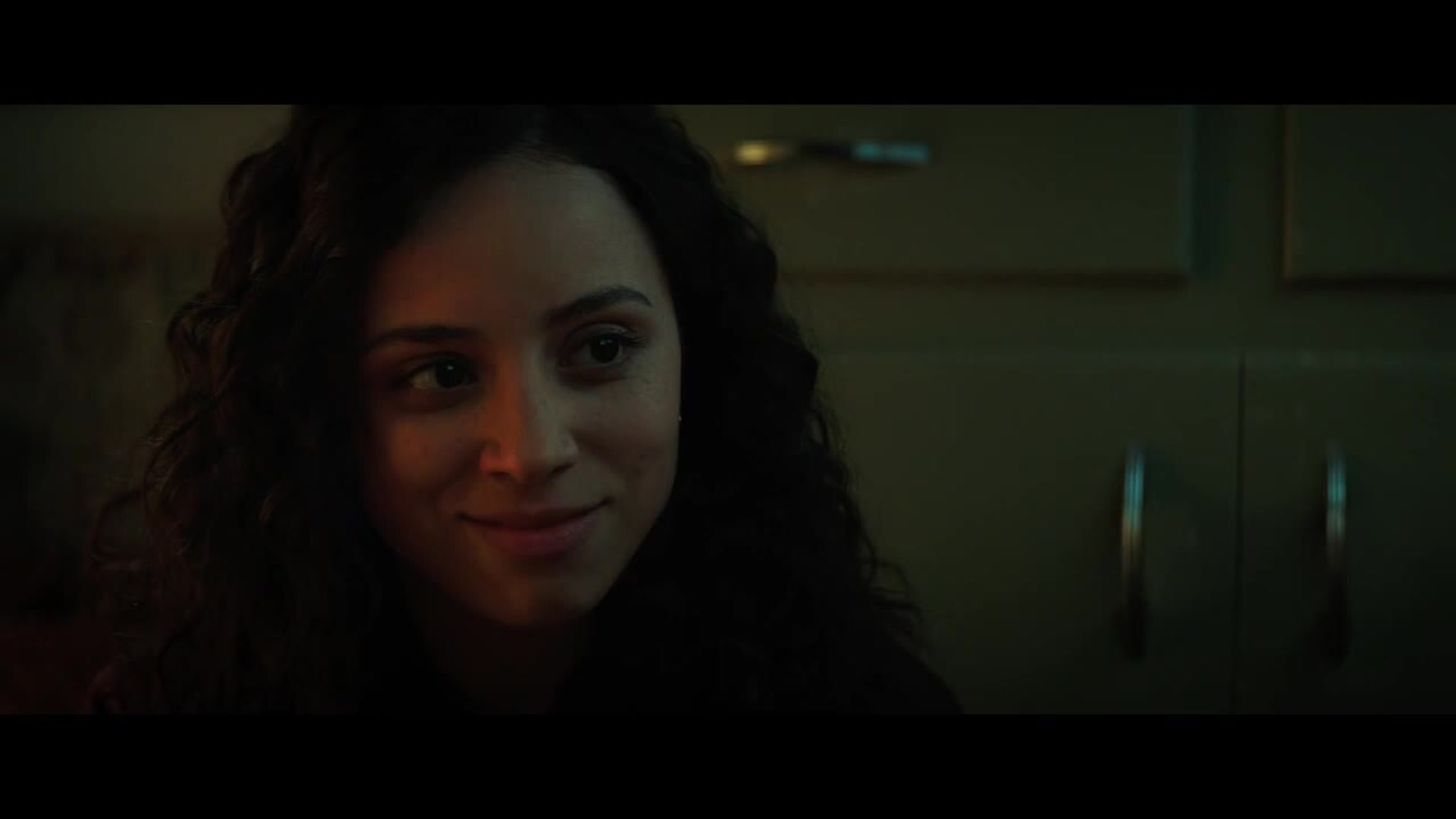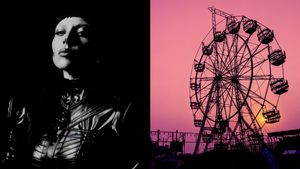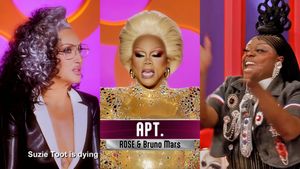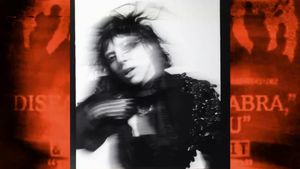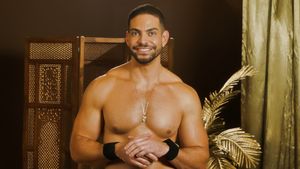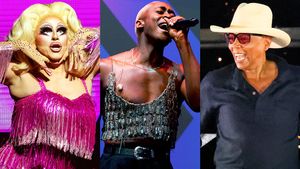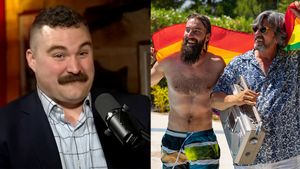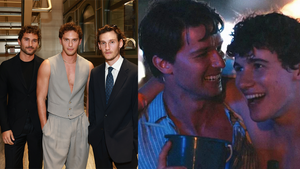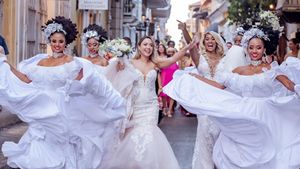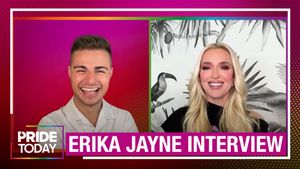It's next-level town rivalry in the Fear Street horror trilogy on Netflix. Based on the books by R.L. Stine of Goosebumps fame, the films occur over a period of about 400 years. The first film, set in 1994, follows Deena (Trinkets' Kiana Madeira), her brother Josh (Benjamin Flores Jr.), and her friends as they seek to unravel a gruesome, supernatural centuries-long murder spree that is afflicting their town of Shadyside. As befits the '90s, the first film opens with a masked killer in the mall. Soon it's revealed that Shadyside been a hotbed for psycopaths dating back to 1666 and the witch trials.
While the first film of the three, Fear Street: 1994, offers some visual shout-outs to the Scream franchise, the second, Fear Street: 1978, hearkens to '70s slasher films set in a summer camp, complete with short shorts and baseball tees. The third film, Fear Street: 1666, takes place in the 17th century and brings it all back to 1994. At the center of the film is Deena and her girlfriend Samantha (Olivia Scott Welch), who's left Shadyside for the rival town of Sunnyvale, where she appears to have undergone a bit of a Stepford Wives transformation, at least until she and Deena have a real reunion. Throughout the films, it's the outsiders who are at the center of the story.
"It was such an honor to be in these movies because I think they're really incredible in the handling of people who've been marginalized and put into a box. They're the heroes and they save the day," Welch tells The Advocate. "It's taking these horror movie tropes and putting these people in a very, like, slasher movie, in a very genre movie. And then it just has so much love in it. The love between these two girls is what prevails at the end of the day, and they're able to save each other. It was really beautiful to film and to have out there now."
"I feel like I haven't ever really seen someone who looks like me tell the story like this before. That's really important. And, you know, representing the the queer community on-screen is also so incredibly important," Madeira says. "Like Olivia said, normally characters like this wouldn't even have survived the first act of a horror film. Fear Street just takes all of those stereotypes and those tropes and flips them on its head. I feel honored to be a part of a community and a trilogy that does that."
Watch our interview with Madeira, Welch, and Flores below.
Watch a clip of Madeira and Welch in Fear Street: 1994 below. And stream it on Neflix now.
